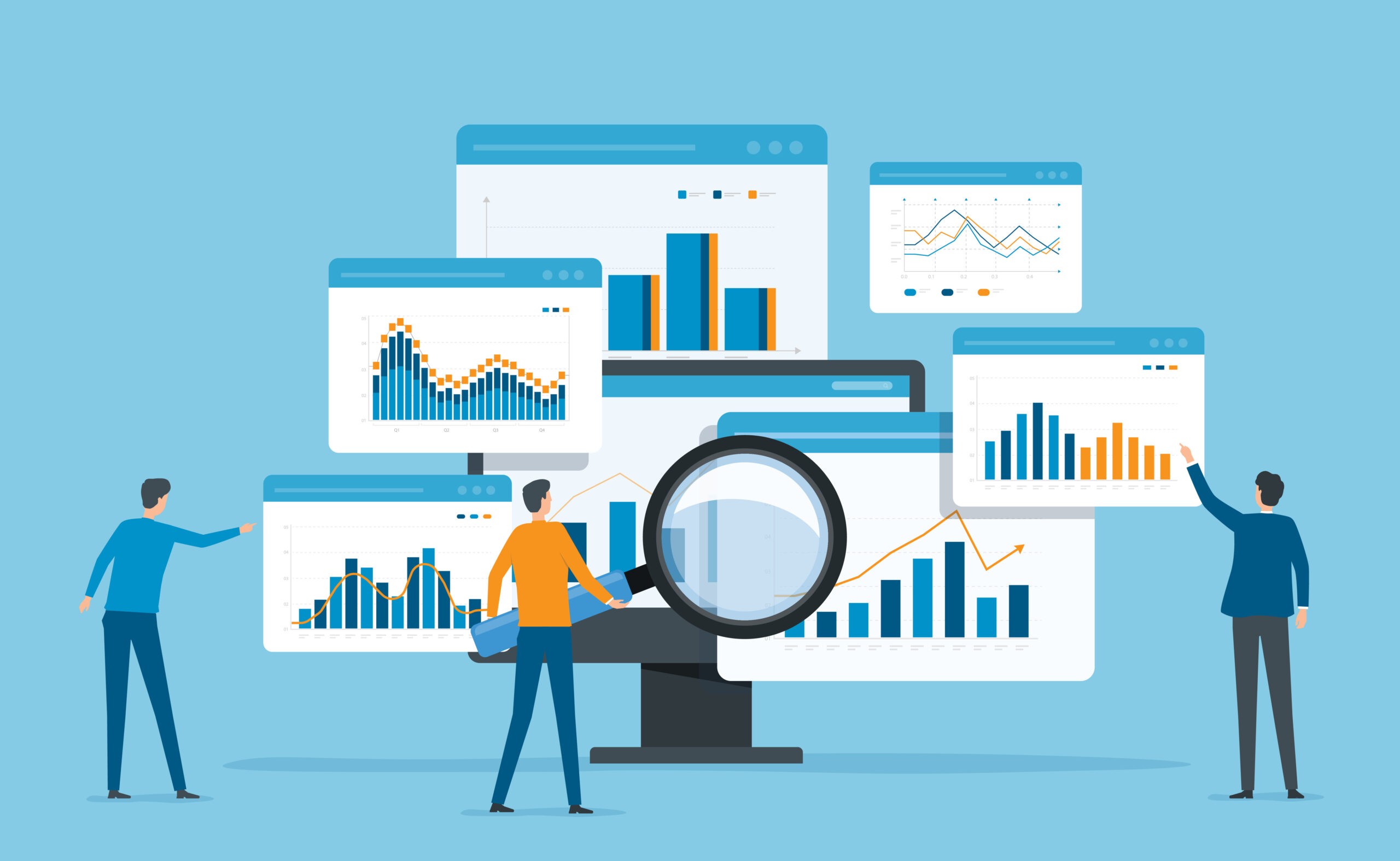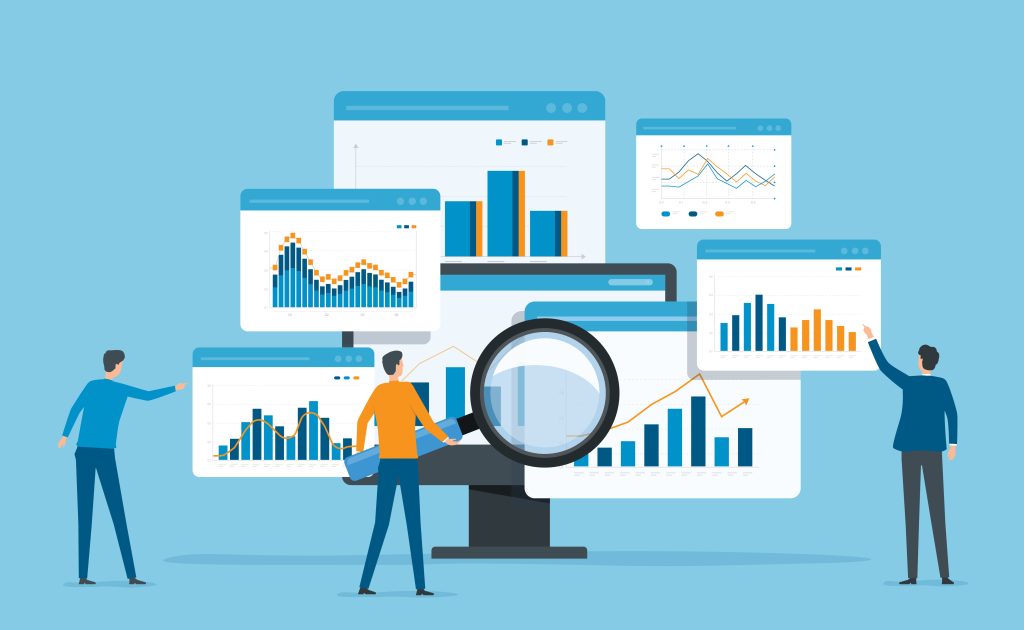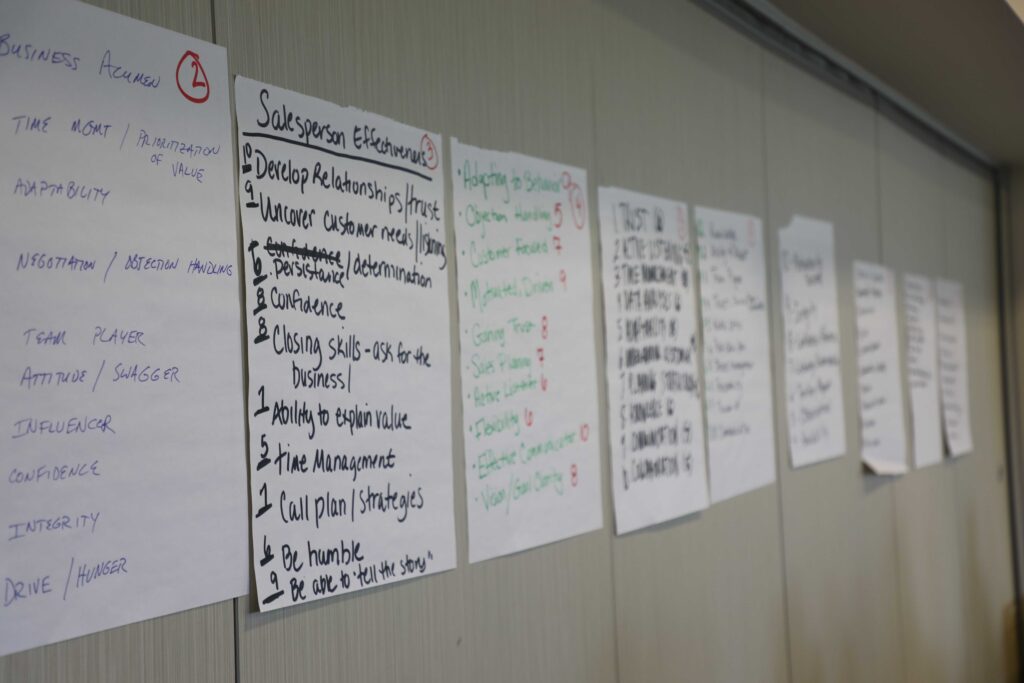Reviewers
Gustavo Stevanin de Souza, Research Assistant
Article
Customer-centered data power: Sensing and responding capability in big data analytics by Hsiao-Ting Tseng, National Central University, Taoyuan, Taiwan
Source
Journal of Business Research, Volume 158, March 2023
Summary

Today, data is one of the most powerful resources for a company. Through it, more accurate decisions can be made, thereby minimizing risks and ensuring greater revenue and sustainable growth. In the current digital era, the general concept of big data is widely known. It is key for enterprises to learn how to handle massive amounts of information and, more importantly, use it to improve their decision-making processes.
Data comes from a variety of sources and can be used in diverse ways to improve operations, such as improving sustainability across the supply chain, creating strategic plans, developing new products and improving customer experience.
To analyze and make use of large amounts of data, there are two crucial steps for companies to understand:
- Customer sensing capability: an enterprise’s capability to sense the customer’s needs.
- Customer responding capability: an enterprise’s capability to react to customer’s needs.
These two capabilities are key for a company to quickly understand market dynamics and respond to them, thereby gaining a competitive advantage. Companies should also develop market sensing – a combination of insights into competitors’ products, customer preferences, and changes in the marketplace – to gain a competitive edge in the market.
Guided by these principles, companies can systematically assess their resources through a resource based-view. This involves examining the different resources available, both tangible and intangible, such as physical, human, organizational, financial, reputational assets. By doing so, companies can formulate strategies aligned with their capabilities.
With customer and market data analyzed, and all resources gathered and reviewed, companies can start planning the development of new products or enhance existing ones. With this now data-driven process, decisions become more accurate and less risky, significantly increasing the likelihood of increased revenue, margins, and market share.
The aim of the study was to provide a quantitative outlook over the qualitive information presented about big data and concepts of customer sensing and responding. It explored how these elements effectively lead to the development of successful new products.
Conducted with 116 professionals, including managers and executive presidents across a wide variety of industries, the research demonstrated that the strategic use of big data analytics significantly benefits the process of developing new products and enhances overall company strategy. Real-world examples include Honda Motor Company, which leveraged this technological capability to gain economic value, and Bosch Auto Parts, which used this methodology to integrate factory practices.
What Does this mean for Food and Agricultural Business?
The use of big data analysis to develop new products through market insights is applicable across various industries, especially the agribusiness sector. This encompasses seed companies, cooperatives, chemical retailers, providers of financial services and others. Given the need to address the capabilities of sensing and responding to customer needs in this sector, it becomes imperative for market players to adeptly gather and analyze available data from market outlooks, forecasts, and customer feedback.
It is worth noting that the food and agribusiness sector is not only subject to most variables in other markets but also seasonal and geographical variances affecting harvests and other inherent procedures. This adds another layer of complexity in understanding customer needs, while also presenting an opportunity to develop more tailored and specific products.
The data essential for market sensing, leading to the development of successful new products, may come from different sources such as customer reviews, NPS collections, market outlooks and even competitor products. Effectively managing and leveraging this information to craft new strategies is pivotal for the development of innovative products and sustainable growth.




